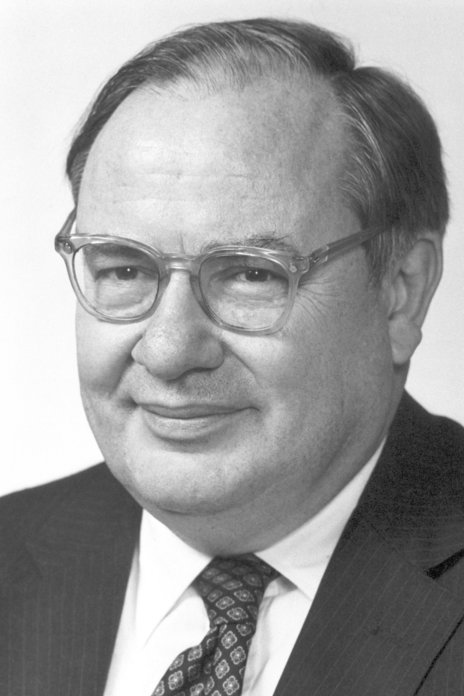Arthur L. Schawlow

1975 President and Honorary Member Arthur L. Schawlow was born in Mount Vernon, New York, on 5 May 1921 and grew up in Toronto, Canada. As a boy, he was interested in scientific things, electrical, mechanical or astronomical, and read nearly everything that the library could provide on these subjects. He attended the University of Toronto on a mathematics and physics scholarship.
When Schawlow entered the university in 1937 the clouds of war had yet to converge. As he prepared to graduate in 1941 Canada was at war. After graduating Schalow taught classes to armed service personnel. He then worked on microwave antenna development at a radar factory.
In 1945, when graduate studies resumed, Schawlow returned to the university. The war and hard economic times left the staff and equipment badly depleted. However, two highly creative physics professors working in optical spectroscopy Malcolm F. Crawford and Harry L. Welsh remained on the faculty and Schawlow took courses from both of them. He did his thesis research with Crawford.
A Carbide and Carbon Chemicals postdoctoral fellowship took Schawlow to Columbia University to work with Charles H. Townes. The physics department was particularly stimulating and included eight future Nobel laureates.
From 1951 to 1961, Schawlow was a physicist at Bell Laboratories. His research dealt mostly with superconductivity, though he did engage in some studies of nuclear quadrupole resonance. On weekends he worked with Townes on the book Microwave Spectroscopy, which had been started while he was at Columbia and was published in 1955. In 1957 and 1958, while continuing experiments on superconductivity, he and Townes investigated what would be needed to extend the principles of the maser to much shorter wavelengths. Schawlow began work on optical properties and spectra of solids which might be relevant to laser materials, and then on lasers.
From 1961 to 1991, Schawlow was a professor of physics at Stanford University and was chairman of the department of physics from 1966 to 1970. In 1978 he was appointed J.G. Jackson and C.J. Wood Professor of Physics. While at Stanford, Schawlow collaborated with Theodor Hänsch on laser cooling of atoms.
Schawlow served on the Society's Board of Directors from 1966-1968 and served as President in 1975. He was elected a Fellow of OSA in 1964.
For his work in laser spectroscopy, Schawlow won the Nobel Prize in Physics in 1981. The Arthur Schawlow Prize presented by the American Physical Society recognizes contributions to basic research using lasers. He received numerous other awards for his work including the National Medal of Science, the Institute of Physics’ Young Medal and OSA’s Frederic Ives Medal. He was a member of the National Academy of Sciences.
In 1983, he was named an Honorary Member of the Society in recognition of his preeminent service in the advancement of optics.
Schawlow died in 1999.
Multimedia
Document Created: 26 Jul 2023
Last Updated: 28 Aug 2023
